
Deutsch-Chinesische Enzyklopädie, 德汉百科
 Financial
Financial




 Financial
Financial
 ***Global Financial Center
***Global Financial Center

 Geography
Geography

 Geography
Geography
 *World's Most Livable Cities
*World's Most Livable Cities

 History
History
 M 1500 - 2000 AD
M 1500 - 2000 AD

 History
History
 N 2000 - 2100 AD
N 2000 - 2100 AD
 Switzerland
Switzerland
 Zurich
Zurich
 Silk road
Silk road

 Vacation and Travel
Vacation and Travel

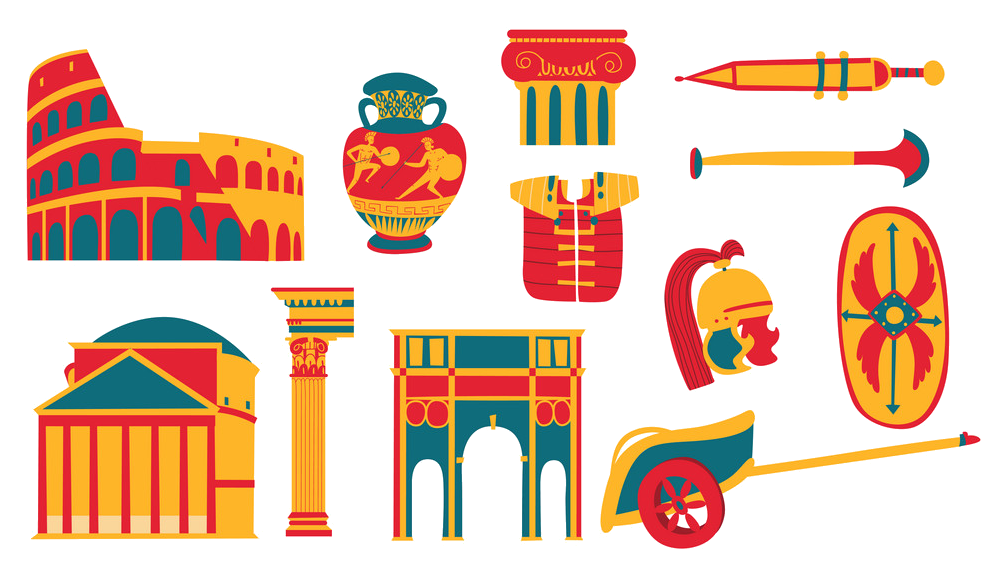 Cities founded by the Romans
Cities founded by the Romans
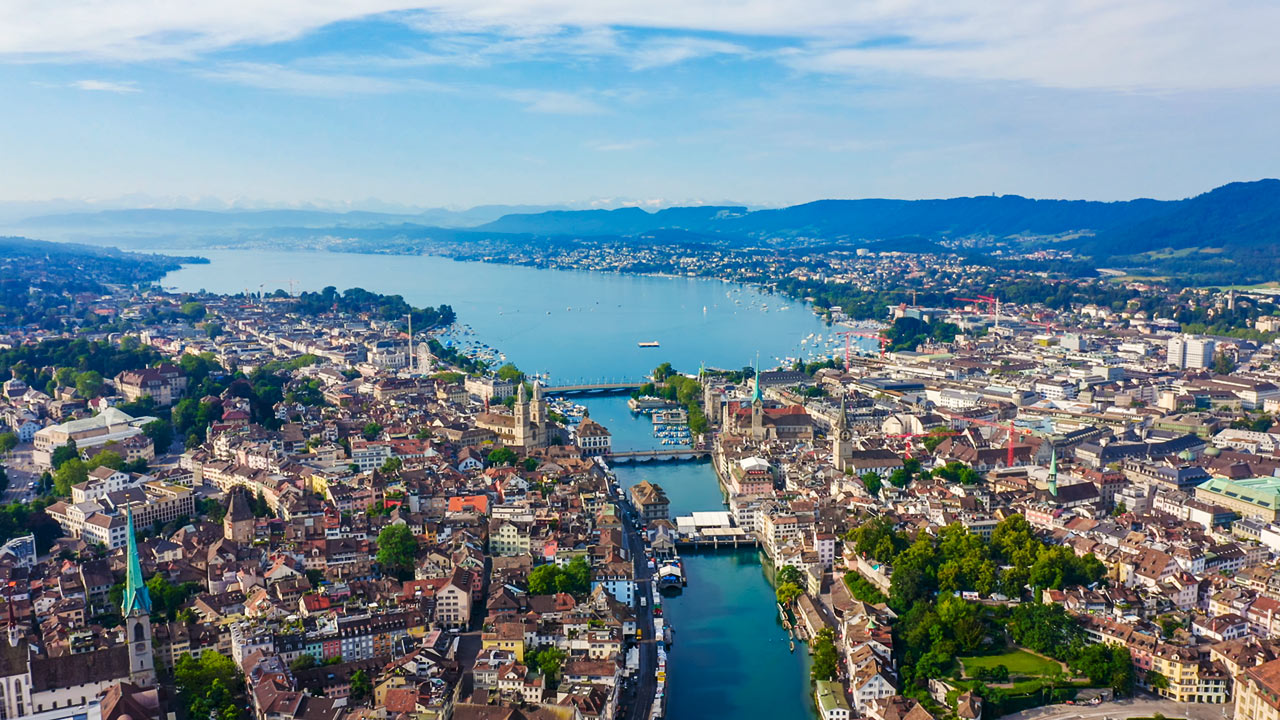
*苏黎世州拥有120万人口,几乎是瑞 士全国人口的六分之一。苏黎世市居民人口则为36万左右。当地人口的大多数除德语外,都至少会讲另一种外语。瑞士约有370万人(占瑞士总人口的一半)在 距离苏黎世中心一小时车程的范围内生活和工作。100家瑞士最大的企业中,有85家总部设在苏黎世地区。全球最大的美世人力资源咨询公司的“最适宜居住城 市”调查显示,苏黎世被认为是世界上生活质量整体指标最高的城市。
苏黎世(德语:Zürich [ˈt͡syːrɪç];瑞士德语:Züri [ˈt͡syɾi]),又译苏黎士,是瑞士联邦的最大城市(2012年城市人口约38万,市区人口近110万,包括郊区在内的苏黎世都会区人口达190万。),苏黎世州的首府。苏黎世是瑞士主要的商业和文化中心(瑞士的政治中心和首都在伯尔尼)。苏黎世是瑞士银行业的代表城市,世界金融中心之一,瑞士联合银行、瑞士信贷银行和许多私人银行都将总部设在苏黎世。苏黎世国际机场是瑞士全国最大的机场。国际足球联合会总部也设在苏黎世。根据2006年[3]和2007年[4]的部分调查显示,苏黎世在这两年的世界最佳居住城市评选中高居全球首位。
“苏黎世”的名称可能来源于凯尔特语中的“Turus”,一项有力的证据就是在出土的公元2世纪罗马帝国占领时期的墓志铭上发现了古代该城名称的罗马化形式——“Turicum”。
Zürich (zürichdeutsch Züri [ˈt͡sʏrɪ],[4] französisch Zurich [zyʁik], italienisch Zurigo [dzuˈriːɡo], rätoromanisch [tuˈritɕ]) ist eine Stadt, politische Gemeinde sowie Hauptort des gleichnamigen Kantons Zürich.
Die Stadt Zürich ist mit 402'762 Einwohnern (Stand 31. Dezember 2016)[5] die grösste Stadt der Schweiz und weist eine Bevölkerungsdichte von 4384 Einwohnern pro Quadratkilometer auf. Die Stadt Zürich gibt die Wohnbevölkerung nach dem wirtschaftlichen Wohnsitzbegriff (umfasst unter anderem auch Wochenaufenthalter, Asylsuchende, Flüchtlinge mit vorläufiger Aufnahme) mit 425'795 Personen per Mai 2018 an.[6] Mit 32,1 Prozent (31. Dezember 2016)[7] weist Zürich einen überdurchschnittlich hohen Ausländeranteil (registrierte Bevölkerung ohne Schweizer Bürgerrecht) auf. Das Umland ist dicht besiedelt, so dass in der Agglomeration Zürich etwa 1,3 Millionen[8] und in der Metropolitanregion Zürich etwa 1,83 Millionen Menschen leben.[9] Der Bezirk Zürich ist mit dem Stadtgebiet identisch.
Die Stadt liegt im östlichen Schweizer Mittelland, an der Limmat am Ausfluss des Zürichsees. Ihre Einwohner werden Zürcher genannt (bzw. Stadtzürcher zur Differenzierung von den übrigen Einwohnern des Kantons).
Das aus dem römischen Stützpunkt Turicum entstandene Zürich wurde 1262 freie Reichsstadt und 1351 Mitglied der Eidgenossenschaft. Die Stadt des Reformators Huldrych Zwingli erlebte im Industriezeitalter ihren Aufstieg zur heutigen Wirtschaftsmetropole der Schweiz. 2014 wurde Zürich der Ehrentitel „Reformationsstadt Europas“ durch die Gemeinschaft Evangelischer Kirchen in Europa verliehen.[10]
Mit ihrem Hauptbahnhof, dem grössten Bahnhof der Schweiz, und dem Flughafen ist die Stadt Zürich ein kontinentaler Verkehrsknotenpunkt. Dank der ansässigen Grossbanken (u. a. UBS und Credit Suisse) und Versicherungen (Zurich Insurance Group und Swiss Re) ist sie ein internationaler Finanzplatz und der grösste Finanzplatz der Schweiz, gefolgt von Genf und Lugano. Daneben beherbergt die Stadt mit der Eidgenössischen Technischen Hochschule Zürich und der Universität Zürich die zwei grössten universitären Hochschulen der Schweiz. Trotz der vergleichsweise geringen Einwohnerzahl wird Zürich zu den Weltstädten gezählt. Zürich ist das wichtigste Zentrum der Schweizer Medien- und Kreativbranche.[11] Mit seiner Lage am Zürichsee, seiner gut erhaltenen mittelalterlichen Altstadt und einem vielseitigen Kulturangebot und Nachtleben ist es zudem ein Zentrum des Tourismus.
Seit Jahren wird Zürich neben Genf als eine der Städte mit der weltweit höchsten Lebensqualität[12][13] und zugleich mit den höchsten Lebenshaltungskosten[14][15][16] weltweit gelistet.
チューリッヒ(ドイツ語: Zürich, ドイツ語発音: [ˈtsyːrɪç]; スイスドイツ語: Züri )は、スイス最大の都市でチューリッヒ州の州都である。スイス中央部にあり[1] 、チューリッヒ湖の北西端に位置している。チューリッヒ市の人口は約390,000人で[2]、チューリッヒ都市圏地域には200万人近くが居住している[3]。チューリッヒは鉄道、道路、航空など交通の要衝で、チューリッヒ国際空港やチューリッヒ中央駅共にスイスでは最大規模で交通量が多い。7,000年間継続的に人が居住しているが、チューリッヒはローマ人により創建された紀元前15年のトゥリクムTuricumと呼ばれていた時代に遡る。中世、チューリッヒは独立性と帝国直接身分を得ており、1519年にはフルドリッヒ・ツヴィングリが導くスイスのドイツ語圏でのプロテスタント宗教改革の発祥とその中心であった[4]。
チューリッヒは欧州有数の世界都市であり、2016年に発表された「世界の都市総合力ランキング」では、世界16位と評価された[5]。また、世界の巨大な金融センターの一つに含まれる[6]。2017年の調査によると、世界11位の金融センターであり、ヨーロッパの都市ではロンドンに次ぐ2位である[7]。街には多くの金融機関や大手銀行、研究開発センターが立地している。これは、法人税率の低さが海外の企業が本社を設置する際に魅力的であるためである。ライフスタイルマガジン (Monocle) の2012年の生活の質の調査 "Quality of Life Survey" でチューリッヒはリストされた25都市中1位であった[8]。いくつかの調査によれば、2006年から2008年にチューリッヒは世界で最も居住に適した都市 との評価があり、同様にヨーロッパでは最も裕福な都市とされた[9][10][11]。2014年、アメリカのシンクタンクが公表したビジネス・人材・文化・政治などを対象とした総合的な世界都市ランキングにおいて、世界第31位の都市と評価されており、同国では第1位である[12]。治安・教育水準・各種インフラ等バランスよく整っている。なかでも金融においてはひときわ有名であり、数多くの金融機関・投資ファンド・投資家が存在している。特にチューリッヒに拠点を置く投機筋は「チューリッヒの小鬼」[13]と呼ばれ国際市場に大きな影響力を持っている。国際サッカー連盟(FIFA)をはじめとして、多くの国際機関・国際団体の本部も存在する。多くの博物館や美術館がチューリッヒ市内には立地しており、その中にはスイス国立博物館やチューリッヒ美術館が含まれる[14]。チューリッヒはまたドイツ語圏では最も重要な劇場の一つがある[15]。
Zürich or Zurich (/ˈzjʊərɪk/ ZEWR-ik; see below for other names) is the largest city in Switzerland and the capital of the canton of Zürich. It is located in north-central Switzerland[3] at the northwestern tip of Lake Zürich. The municipality has approximately 400,028[4] inhabitants, the urban agglomeration 1.315 million[5] and the Zürich metropolitan area 1.83 million.[6] Zürich is a hub for railways, roads, and air traffic. Both Zürich Airport and railway station are the largest and busiest in the country.
Permanently settled for over 2,000 years, Zürich was founded by the Romans, who, in 15 BC, called it Turicum. However, early settlements have been found dating back more than 6,400 years ago.[7] During the Middle Ages, Zürich gained the independent and privileged status of imperial immediacy and, in 1519, became a primary centre of the Protestant Reformation in Europe under the leadership of Huldrych Zwingli.[8]
The official language of Zürich is German,[a] but the main spoken language is the local variant of the Alemannic Swiss German dialect, Zürich German.
Many museums and art galleries can be found in the city, including the Swiss National Museum and the Kunsthaus.[9] Schauspielhaus Zürich is one of the most important theatres in the German-speaking world.[10]
Zürich is a leading global city and among the world's largest financial centres despite having a relatively small population.[11] The city is home to a large number of financial institutions and banking companies. Most of Switzerland's research and development centres are concentrated in Zürich and the low tax rates attract overseas companies to set up their headquarters there.
Monocle's 2012 "Quality of Life Survey" ranked Zürich first on a list of the top 25 cities in the world "to make a base within".[12] According to several surveys from 2006 to 2008, Zürich was named the city with the best quality of life in the world as well as the wealthiest city in Europe in terms of GDP per capita.[13][14][15] The Economist Intelligence Unit's Global Liveability Ranking[16] sees Zürich rank among the top ten most liveable cities in the world.
Zurich (/zy.ʁik/) (allemand : Zürich /ˈtsyːʁɪç/, en Suisse /ˈtsyːrɪx/ Zürich, suisse allemand : Züri /ˈtsyɾi/, italien : Zurigo /dzuˈriːɡo/, romanche : Turitg /tuˈritɕ/) est une cité alémanique de Suisse, capitale du canton de Zurich. Même si l'allemand est la langue officielle, les Zurichois parlent le Züritüütsch, un dialecte de l'alémanique qui emprunte d'ailleurs certains termes à d'autres langues en plus de l'allemand dont le français, l'italien, ou encore l'anglais3. C'est une cité très cosmopolite, comptant 30 % d'étrangers. Dans son article intitulé « World's most expensive place to live is... » du 15 février 2012, The Economist classe Zurich comme étant la ville la plus chère au monde. Depuis, la ville occupe régulièrement la deuxième place dans le classement du journal britannique, juste derrière Hong Kong. Le cabinet Mercer la classe en deuxième position de 221 villes dans le monde en 2012 pour sa qualité de vie, juste derrière Amsterdam et devant Vienne 4.
Alors que Berne est la capitale de la Confédération suisse et un centre politique, Zurich est le centre économique, financier, scientifique et artistique international majeur du pays. Elle est la ville concentrant le plus d'établissements bancaires et financiers du pays, et fait d'ailleurs partie des « villes mondiales » de catégorie Alpha- selon la GaWC. Zurich est ainsi le sixième centre bancaire et financier mondial, derrière Londres, New York, Hong Kong, Singapour et Tokyo.
Zurich est la ville la plus peuplée de Suisse avec une population de près de 402 800 habitants en décembre 2016. L'agglomération, quant à elle, compte environ 1,3 million d'habitants, ce qui fait de Zurich une « petite » métropole en comparaison d'autres cités ayant une importance similaire5.
Située au bord du lac de Zurich (Zurichsee), le quatrième plus grand lac de Suisse en termes de superficie, Zurich est un lieu de villégiature apprécié par la bourgeoisie suisse, allemande et autrichienne, notamment en raison de la beauté de sa vue et de son centre historique, ainsi que de la douceur exceptionnelle de son climat. La rivière la traversant, la Limmat, a été classée rivière urbaine la plus propre d'Europe selon le Département de l'Agriculture des États-Unis en 2015. Les Zurichois ont l'habitude de s'y baigner, en plein cœur de la ville, en été.
Zurigo (/ʣuˈrigo/; in tedesco Zürich, pronunciato [ˈʦyːʀɪç]; in alemanno Züri; in francese Zurich, [zyˈʁik]; in romancio Turitg; in latino Turicum) è, con 402.762 abitanti, la maggiore città della Svizzera, nonché il capoluogo del cantone omonimo. È divisa in 12 quartieri. L'agglomerato urbano raggiunge 1,3 milioni di abitanti[1] e la sua regione metropolitana 1,83 milioni.
Zúrich4 (en alemán Zürich [ˈtsyːʁɪç] o [ˈtsʏrɪç], en francés Zurich [zyʁik], en italiano Zurigo [dzuˈriːɡo],5 en romanche Turitg [tuˈritɕ]) es la principal ciudad de la Confederación Suiza, con una población de 404 783 habitantes en 2014 y un área metropolitana de 1 392 396 de habitantes. Es la capital del cantón de Zúrich y se encuentra ubicada en el distrito de Zúrich, en la llanura central de Suiza y próxima a los Alpes. Es el motor financiero (en Zúrich se encuentra la banca internacional) y centro cultural del país, siendo además una ciudad galardonada con el título de ciudad con mayor calidad de vida en el mundo por dos ocasiones consecutivas (2006-2008).67
Los primeros asentamientos en la ciudad se remontan hasta el año 15 a. C., con la fundación de la aduana romana Turicum, y en el siglo X adquirió el estatus de ciudad. Rodeando al pequeño casco antiguo se disponen los Kreise (distritos) de Zúrich, ordenados según el sentido de las agujas del reloj. La ciudad moderna sirve de contraste con la histórica, gracias a los numerosos y vanguardistas bancos, tiendas de lujo y modernos bares y cafés. Uno de los símbolos de la ciudad es el lago de Zúrich.
Цю́рих (нем. Zürich [ˈtsyːrɪç]; швейц. Züri [tsy:ri], фр. Zurich, итал. Zurigo) — город на северо-востоке Швейцарии. Столица немецкоязычного кантона Цюрих и административный центр одноимённого округа.
С населением в 397 тыс. человек (2015 год), Цюрих является крупнейшим городом страны. В пределах агломерации проживает более 1 млн человек.
Расположен на берегу Цюрихского озера при выходе из него реки Лиммат, в долине между горными вершинами Утлиберг и Цюрихберг.
Относится к глобальным городам. Крупнейший финансовый центр Швейцарии: местонахождение штаб-квартир страховых компаний и банков, в том числе международных UBS и Credit Suisse, швейцарской фондовой биржи и одной из штаб-квартир центрального банка Швейцарии. Крупный научный центр: университет и высшая техническая школа. В 2011 году Цюрих занял второе место в мире по качеству жизни[3], в 2012 году признан самым дорогим городом мира[4].
Над историческим центром возвышаются романо-готические соборы Гросмюнстер, Фраумюнстер и церковь святого Петра. На острове расположена ратуша в стиле ренессанса.
В древности на месте Цюриха существовало кельтско-германское поселение, в I веке до н. э. получившее римское название Турикум. Как город впервые упоминается в 929 году. В XIII—XVII веках был имперским городом. В XIV веке вошёл в Швейцарский союз. В XVI веке один из центров Реформации во главе с Цвингли. Во 2-й половине XIX века превратился в финансовый центр страны.

 Financial
Financial
 Switzerland
Switzerland
 Zurich
Zurich

 Companies
Companies
 *Big insurance companies
*Big insurance companies

 Companies
Companies
 *Centuries-old companies in the world
*Centuries-old companies in the world

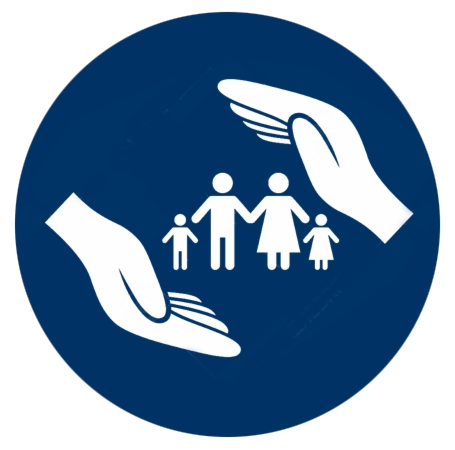 Insurance
Insurance

 Economy and trade
Economy and trade
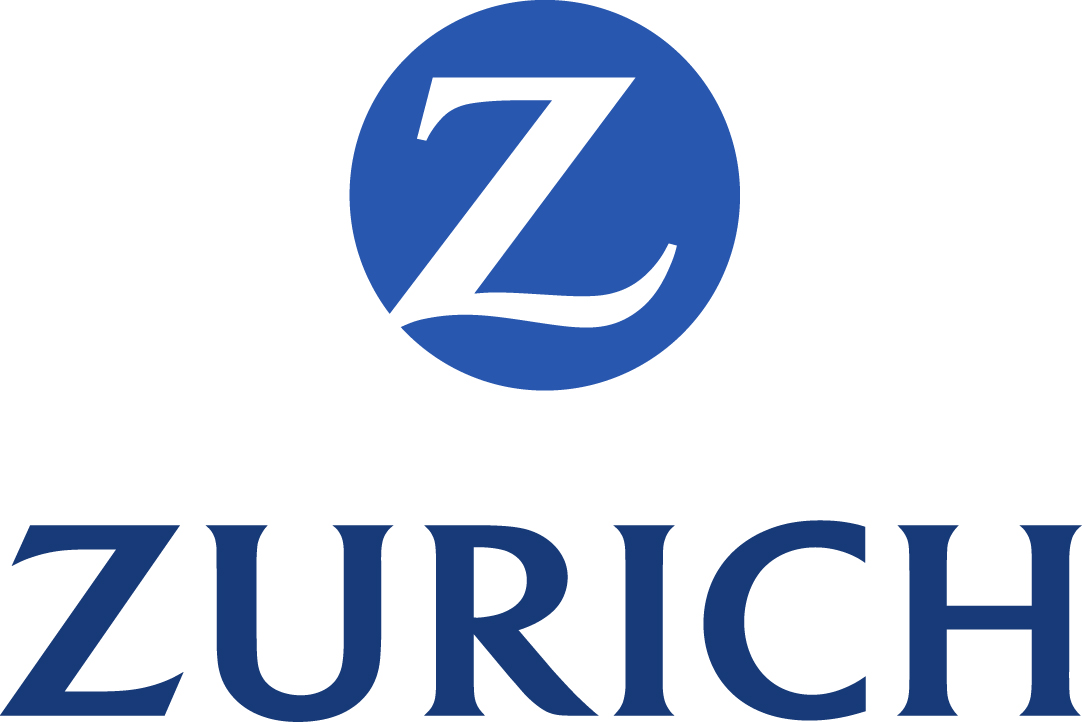


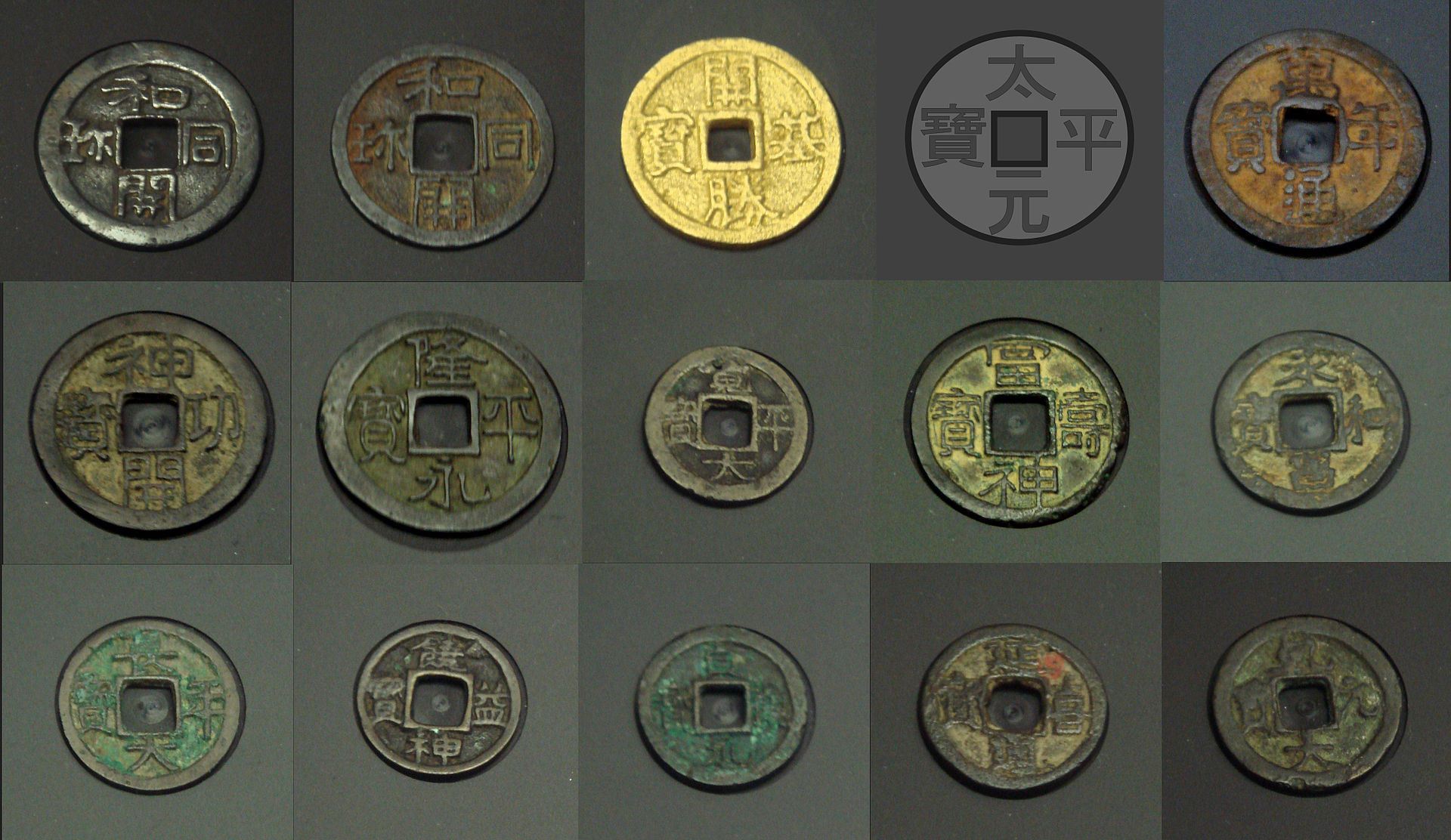
皇朝十二钱包括以下12种: 和同开珎 708年(和铜元年) 万年通宝 760年(天平宝字四年) 神功开宝 765年(天平神护元年) 隆平永宝 796年(延暦十五年) 富寿神宝 818年(弘仁九年) 承和昌宝 835年(承和二年) 长年大宝 848年(嘉祥元年) 饶益神宝 859年(贞观元年) 贞観永宝 870年(贞观十二年) 寛平大宝 890年(宽平二年) 延喜通宝 907年(延喜七年) 乹元大宝 958年(天德二年)
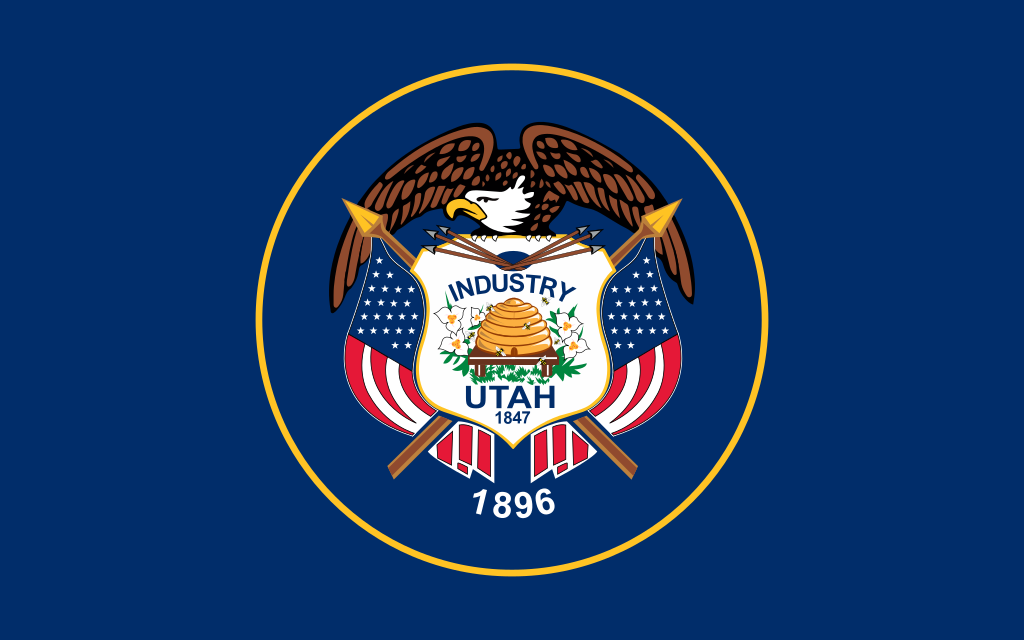 Utah-UT
Utah-UT
 International cities
International cities
 Historical coins, banknotes
Historical coins, banknotes